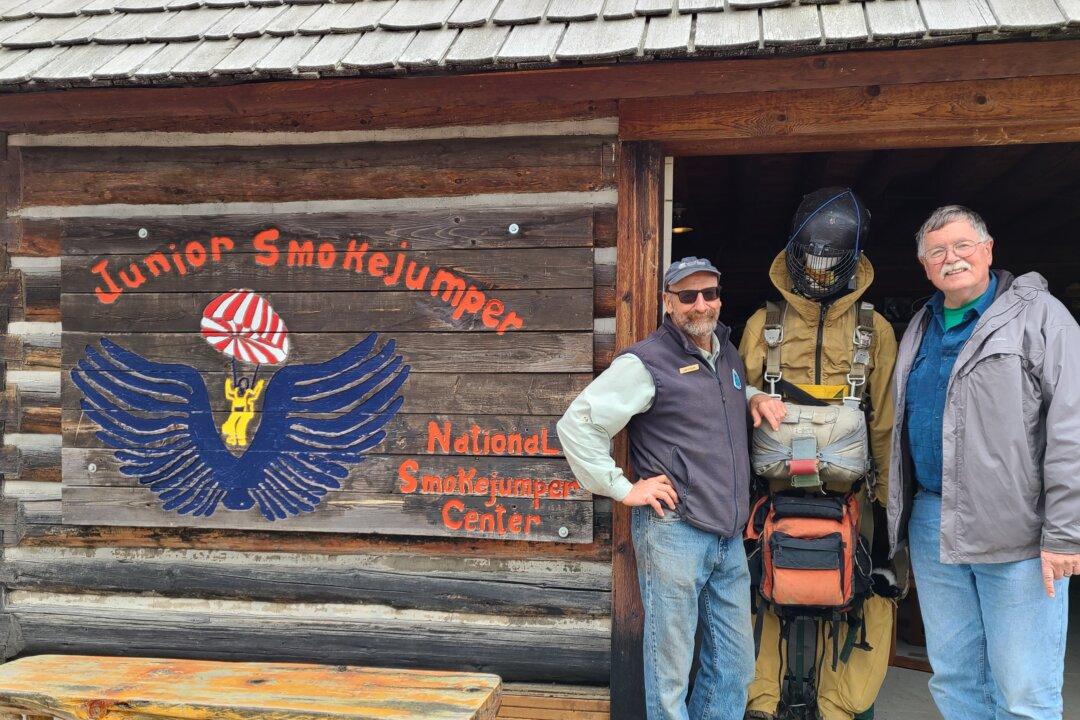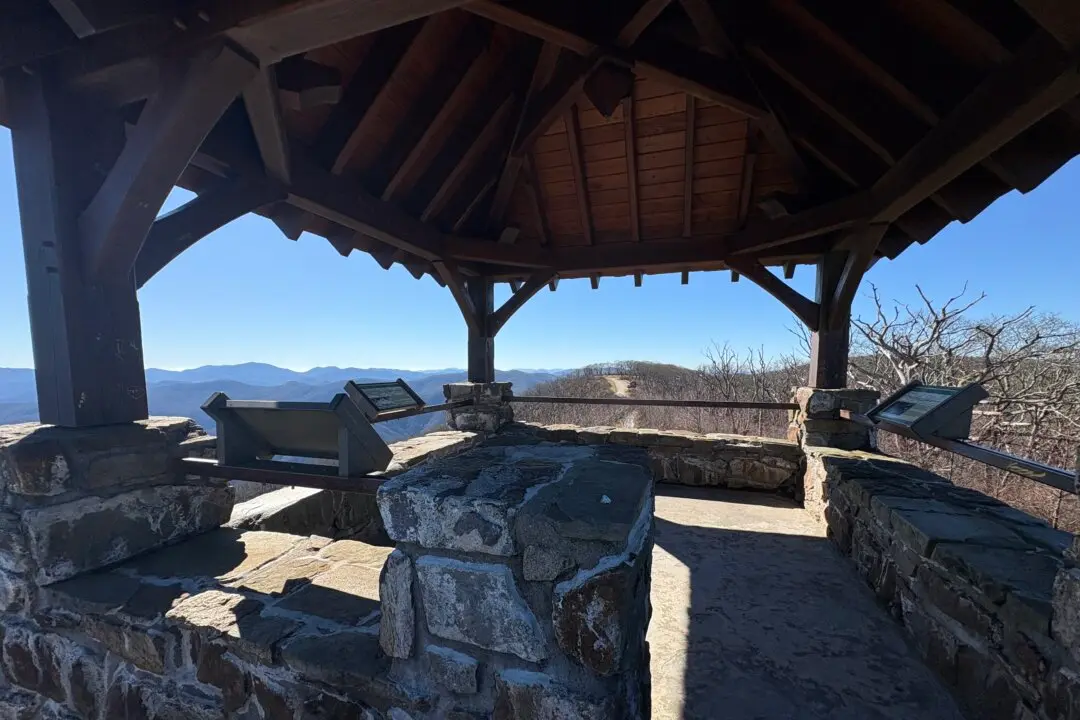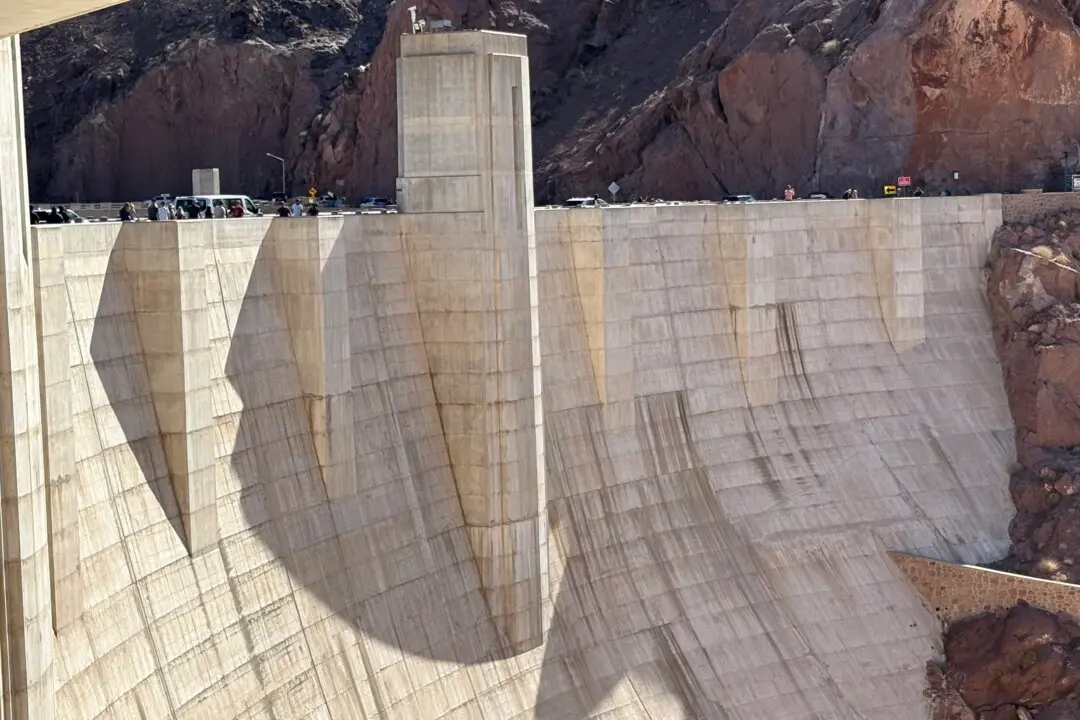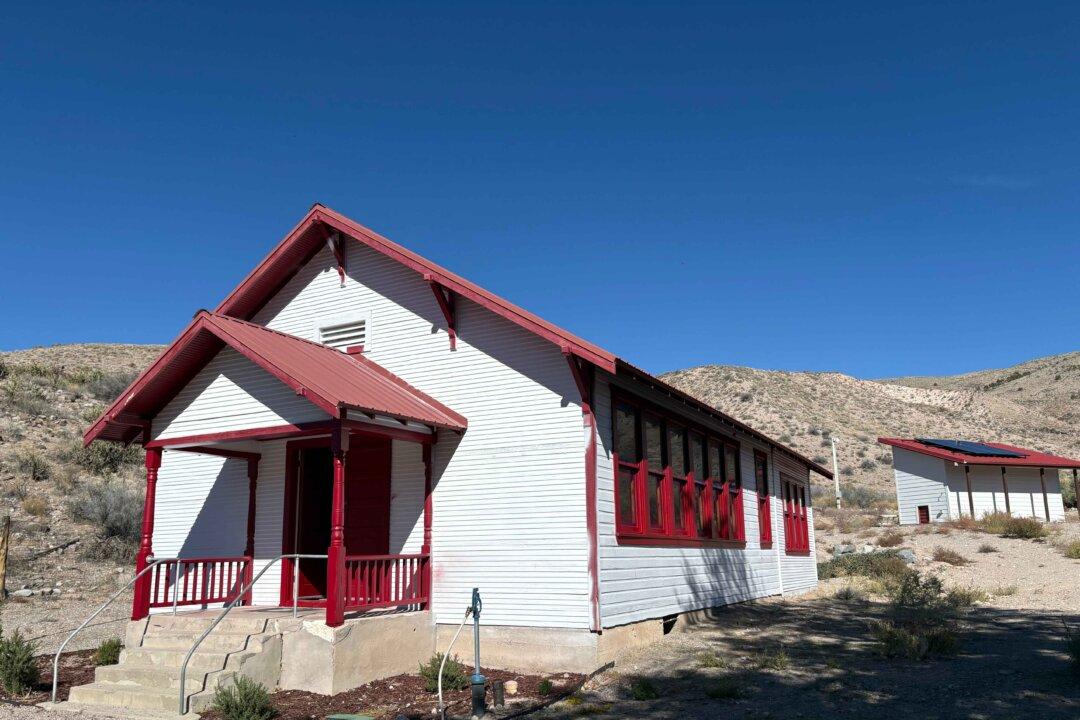This past summer, 71-year-old Ken Herrick relived the eight years he spent as a smoke jumper pilot. As a volunteer with Yellowstone Nature Connection (YNC), a 2012-founded nonprofit in the town of West Yellowstone, Montana, and housed in the original, early 1900s-built ranger cabins, Herrick’s “job” was to share with children, individuals, and families about the importance of protecting our nation’s wilderness.
He showed visitors films about smoke jumping training, allowed anyone interested to put on a smoke jumper suit, and offered youngsters an opportunity to receive junior smoke jumper wings. And when they found out that Herrick flew planes that actually carried smoke jumpers, eyes widened.





